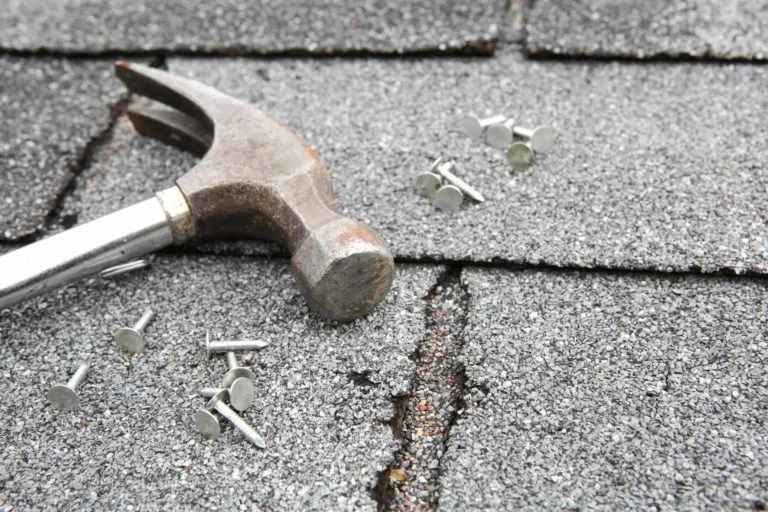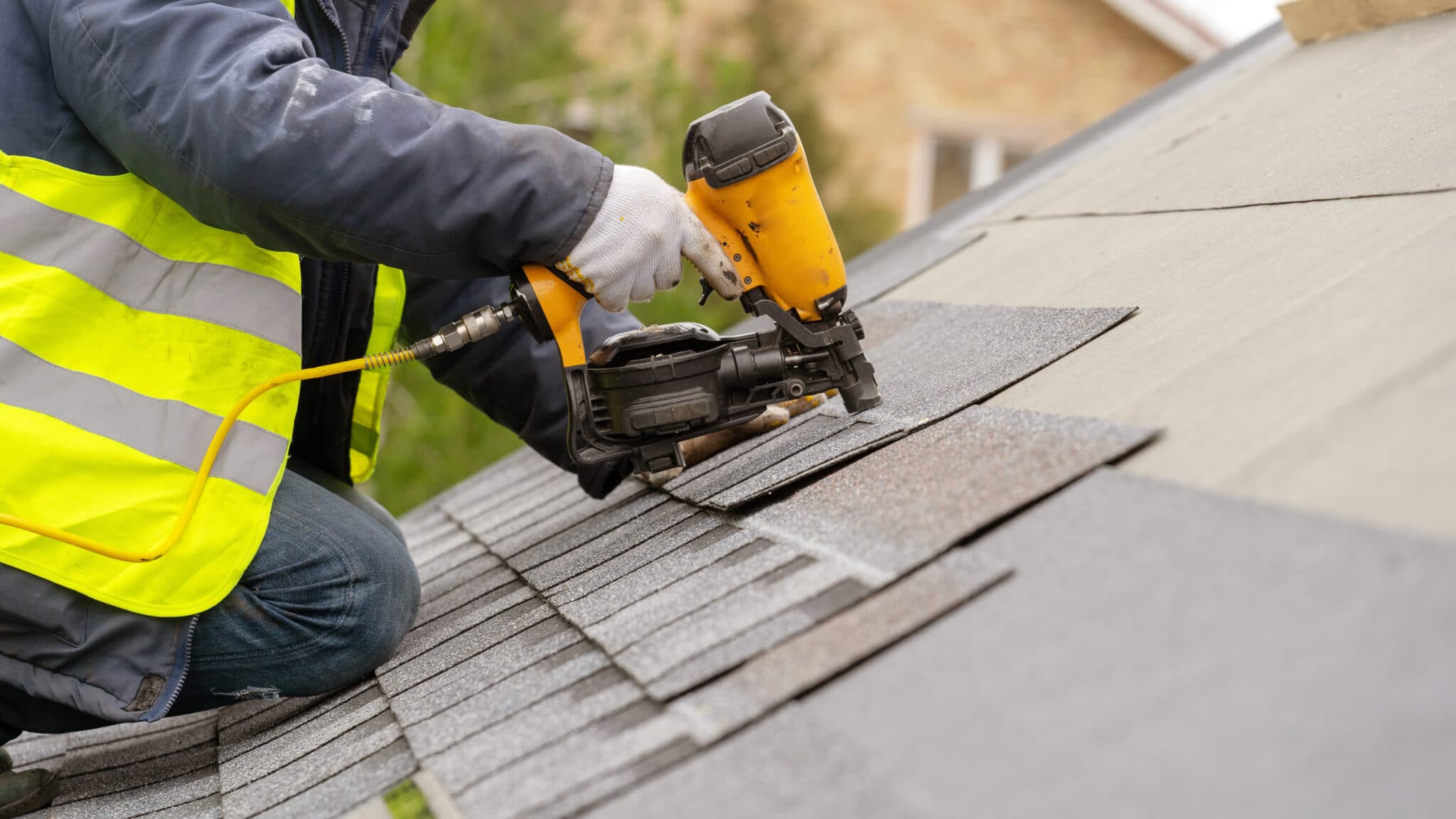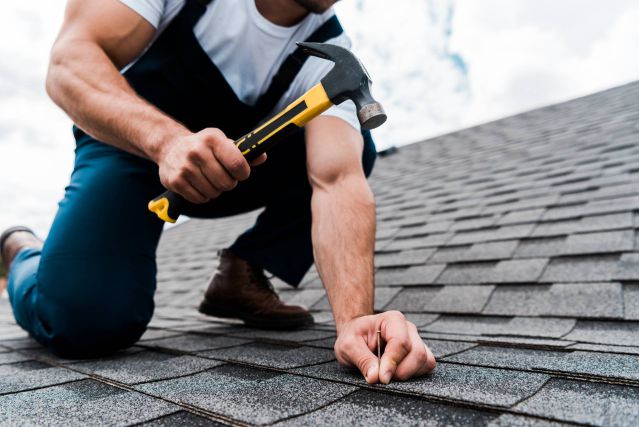The Roofing System Substitute Process: What to Get out of Begin to End Up
Comprehending the roof covering substitute process is important for home owners considering this significant investment. Each phase, from the first evaluation of your roofing system's condition to the careful installation of new products, plays an essential role in guaranteeing long-term resilience and efficiency.
Examining Your Roofing Problem
Evaluating your roof problem is an important step in the roofing replacement procedure, as it identifies the required activities to make certain architectural integrity and long life. Look for missing roof shingles, crinkling sides, or granule loss, as these suggest prospective vulnerabilities.
It is likewise important to check out the roof covering's blinking and seamless gutters, as these parts play a crucial function in guiding water away from the roof and preventing moisture buildup. Any kind of rusted or harmed blinking need to be kept in mind, as it may require repair or replacement - roof replacement. Consider the age of the roof covering; most roof materials have a life-span that, when gone beyond, warrants substitute.
Picking Replacement Materials
Selecting the ideal products for your roofing system replacement is critical to achieving longevity, visual appeals, and energy efficiency. The choice of roof covering products can considerably affect the life expectancy of your roofing, along with its performance under various weather. Common choices consist of asphalt tiles, steel roofing, tile, and slate, each offering unique benefits and downsides.
Asphalt shingles are popular because of their cost and adaptability, available in a selection of shades and designs. Metal roofing, recognized for its longevity and resistance to extreme weather, can likewise boost power performance via reflective properties. Tile roofing systems provide a classic look and are exceptionally resilient, however they can be larger and extra pricey. Slate supplies a classy look and unrivaled toughness however includes a higher initial financial investment.
When picking materials, take into consideration aspects such as climate, developing codes, and your budget plan. Furthermore, consider the environmental influence of your options; many suppliers now offer environmentally friendly alternatives. Eventually, the right roofing material will certainly not just safeguard your home yet likewise enhance its building style, ensuring that your financial investment stands the test of time.

Hiring a Roofer
As soon as you have actually determined the ideal products for your roof replacement, the next vital step entails employing a qualified professional roofer. Selecting the appropriate professional is important to ensure that the installation is completed securely, efficiently, and according to regional building regulations.
Begin by seeking referrals from close friends, household, or neighbors that have actually lately undertaken roof covering substitutes. roof replacement. On-line evaluations and scores can likewise give useful understandings into a service provider's online reputation. As soon as you have a shortlist, validate each service provider's qualifications, including licensing, insurance, and any relevant accreditations
Schedule in-home price quotes to examine the range of job and obtain price quotes. During these consultations, inquire about their experience with your chosen products and demand referrals from previous customers. A reputable professional must be clear about their process, timelines, and guarantees.
Additionally, guarantee that the professional supplies a composed agreement describing all job details, including repayment timetables and completion timelines. This action not just safeguards you however also develops clear assumptions. By embarking on comprehensive research and due diligence, you'll be well-appointed to choose a service provider that fulfills your needs and delivers high quality craftsmanship.

The Installment Process
The installation procedure of a roof replacement is an important stage that requires cautious implementation and competent workmanship. This stage usually starts with important site the removal of the existing roofing materials. Roof specialists will guarantee that all old shingles, underlayment, and flashing are completely removed away to expose the roofing system deck, permitting a detailed inspection for any type of underlying damage.
When the deck is evaluated and repaired if necessary, the installment of the brand-new roofing system can begin. The process begins with the application of a water-proof underlayment, which works as an obstacle against wetness seepage. Following this, the new shingles or roof covering products are installed according to the maker's requirements and regional building regulations. Attention to information is paramount throughout this phase, as appropriate positioning and safe fastening are essential for the roof covering's durability and efficiency.
Furthermore, the setup of ventilation systems and flashing around chimneys, vents, and other projections is important to make certain optimal air flow and stop leakages. Lastly, the job wraps up with a complete cleanup of the job website, leaving the property owner with a high quality roofing system that supplies protection and comfort for many years ahead.
Post-Replacement Treatment
Post-replacement treatment is vital to making certain the longevity and efficiency of a newly set up roof covering. After the installation process is total, house owners must take details steps to maintain their roofing system's stability and capability.

Second of all, regular cleaning is essential. Read More Here Maintaining seamless gutters and downspouts devoid of debris will certainly make sure proper water drainage, stopping water damages and mold development.
Furthermore, it is advisable to cut looming branches to decrease the risk of physical damages and prevent fallen leaves from building up on the roof covering.
Conclusion
In final thought, the roof covering replacement process involves a number of critical stages, including examining the roof covering's problem, choosing appropriate materials, employing a qualified advice specialist, and implementing the installation with care. Interest to information throughout setup, such as making sure correct air flow and blinking, substantially influences the roof covering's efficiency and long life.